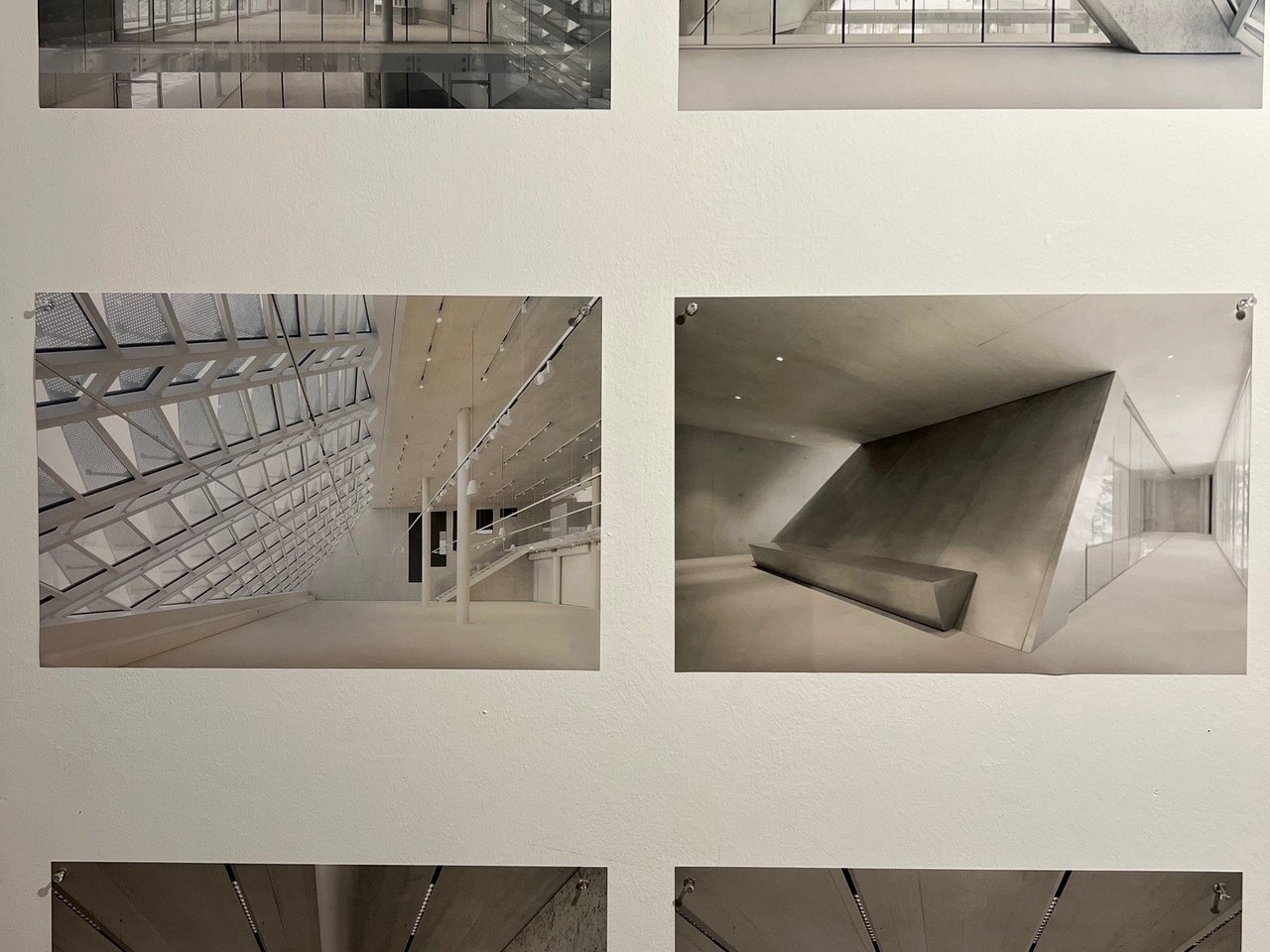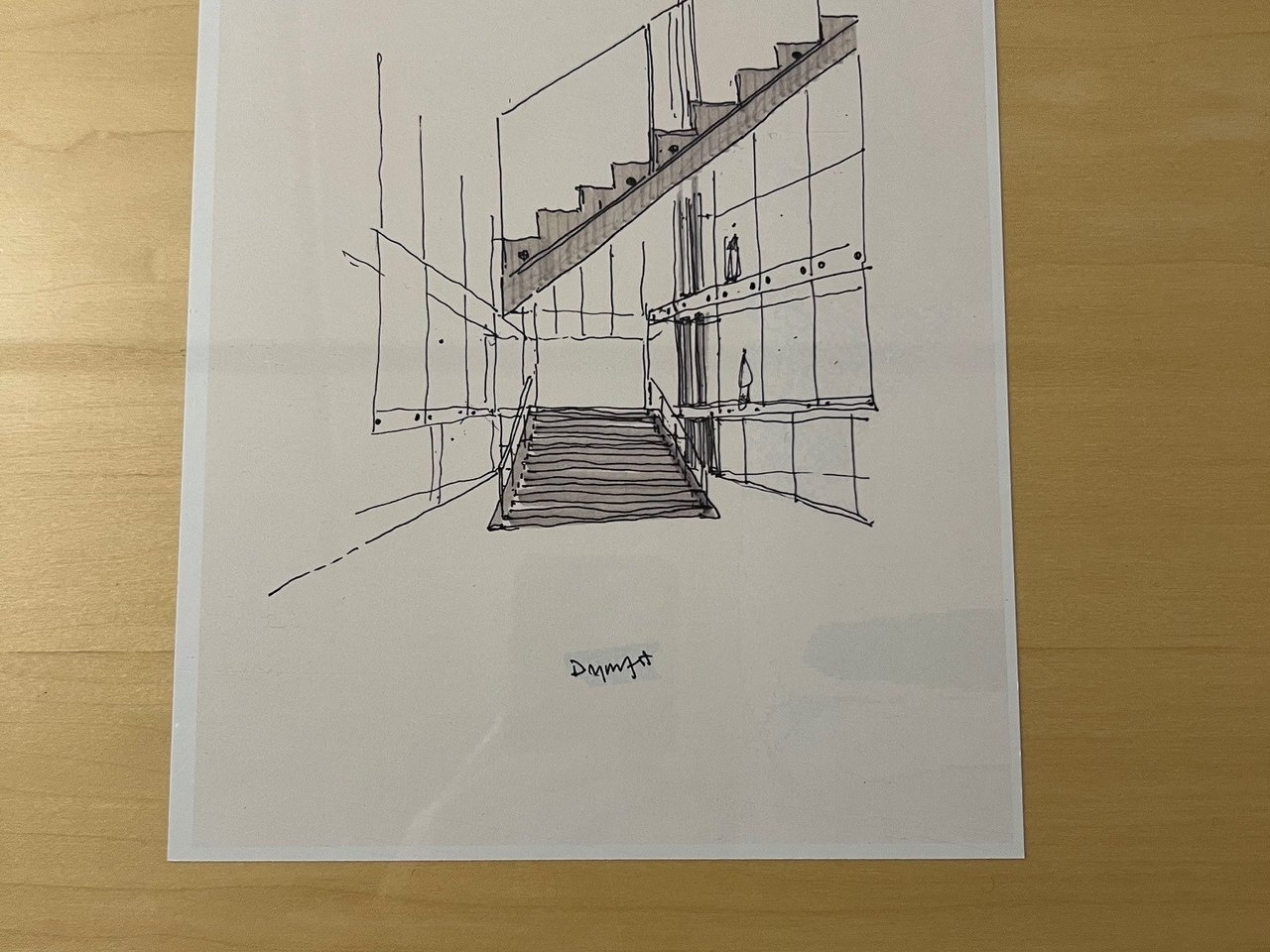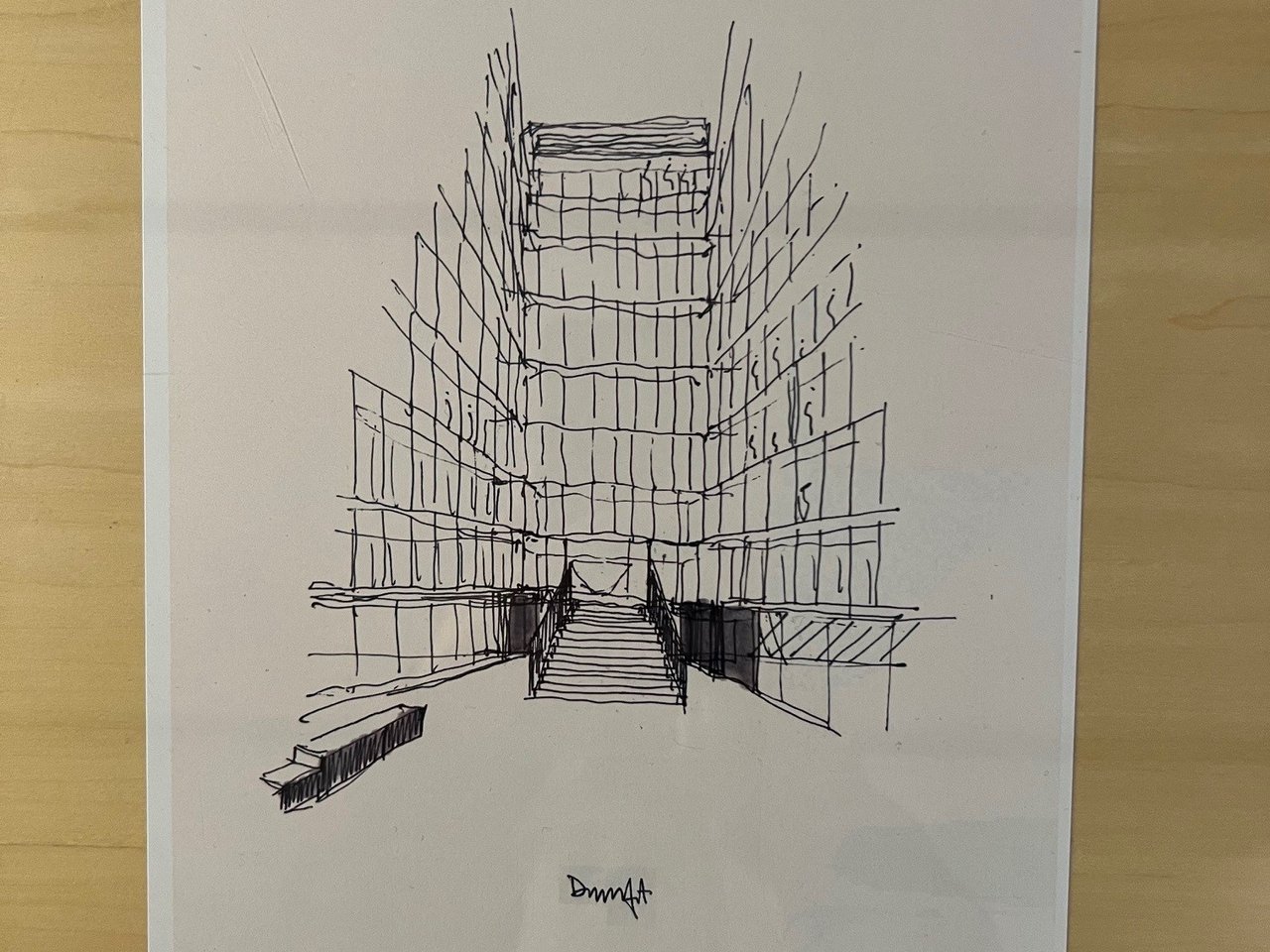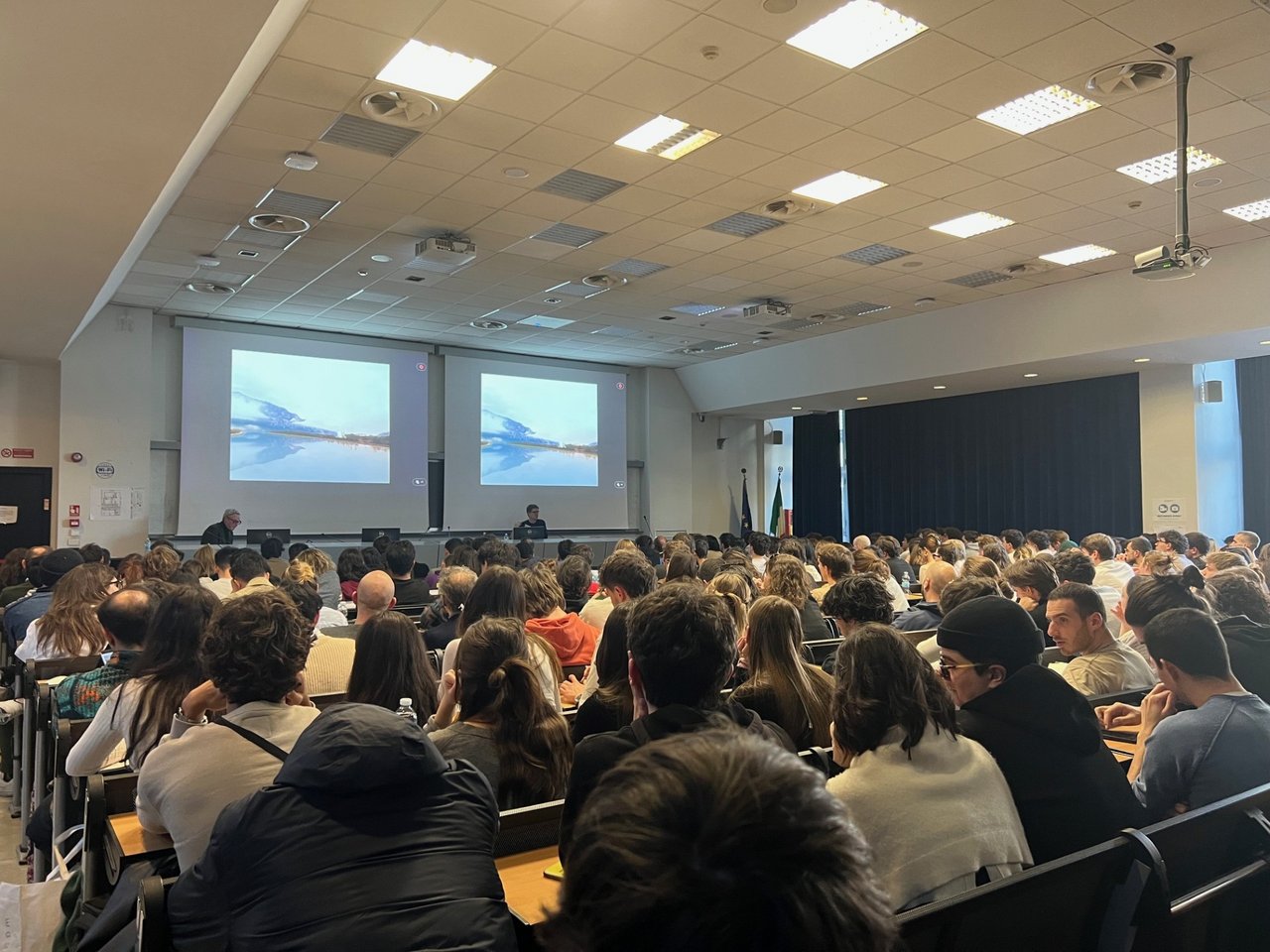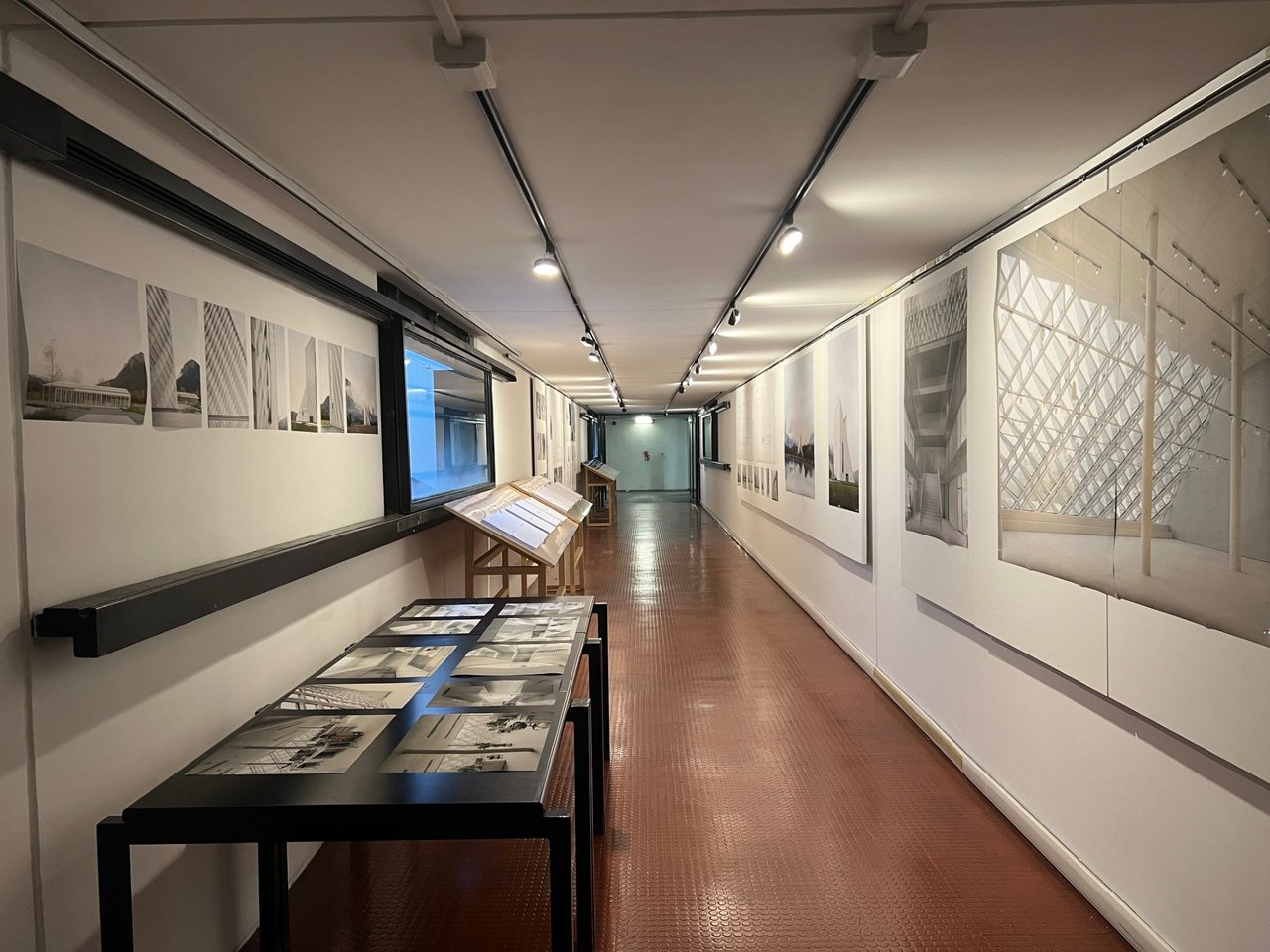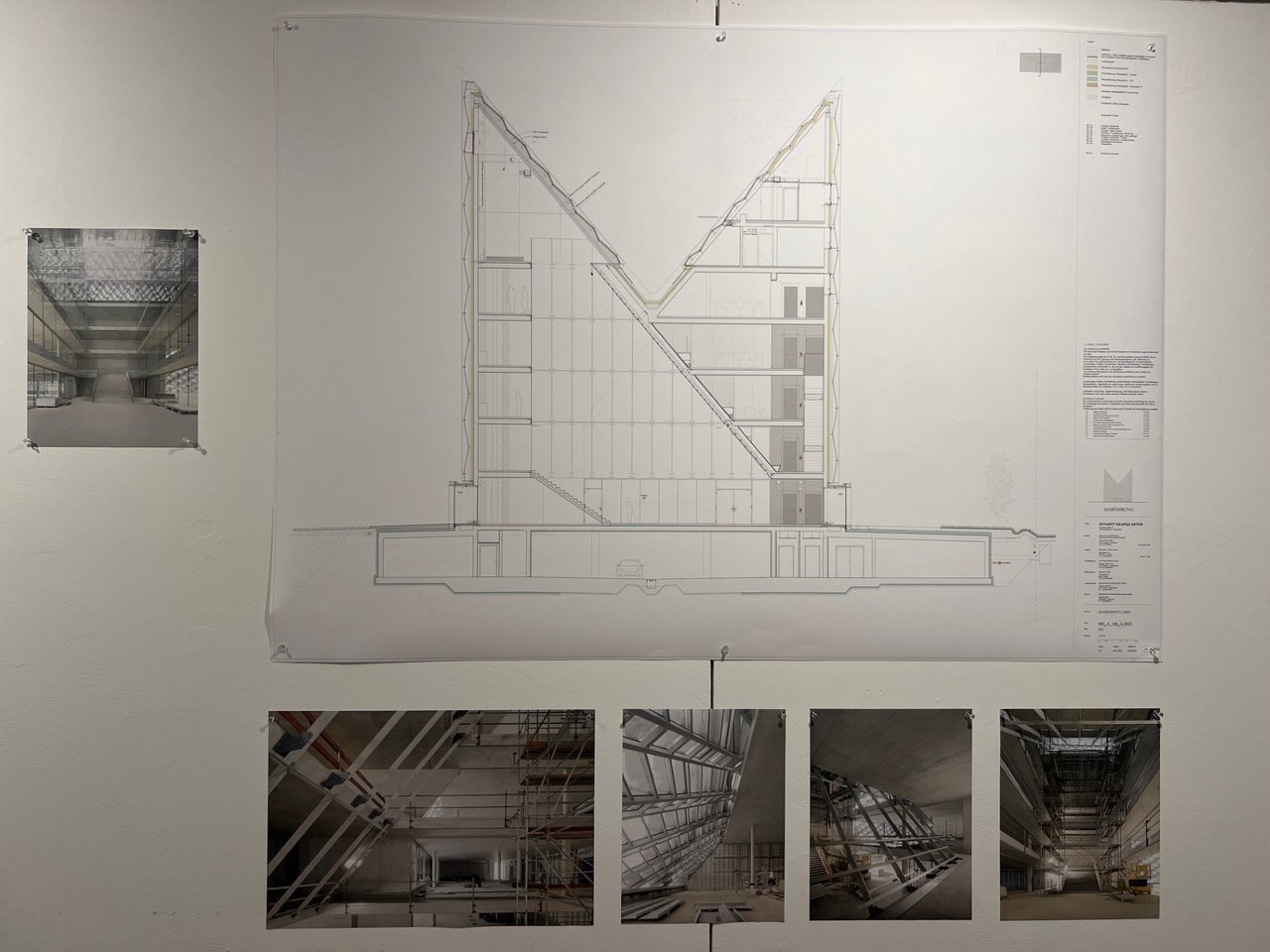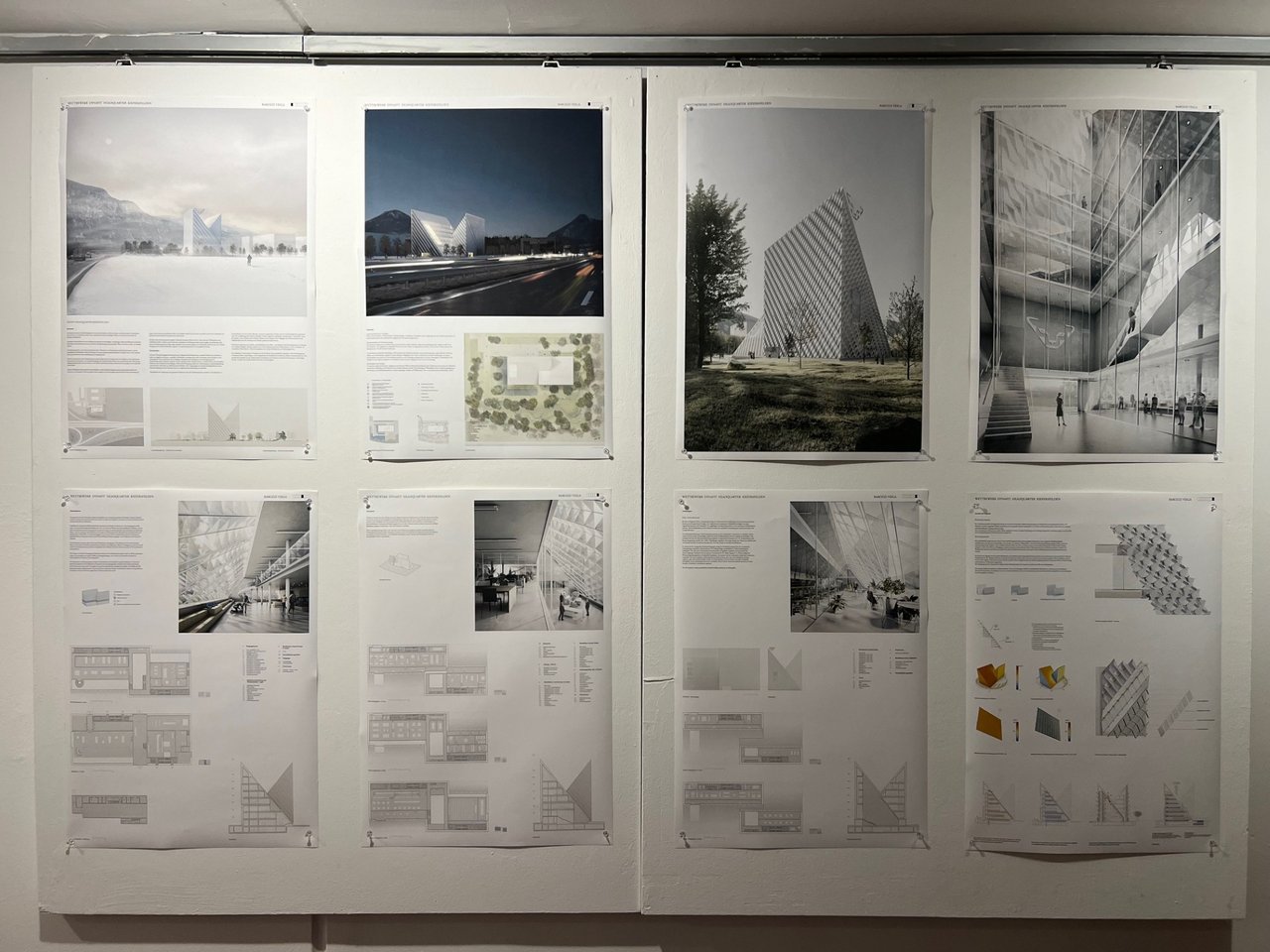(…) It wasn’t something premeditated or planned; working abroad has been the natural consequence of the competitions we were fortunate enough to win and later execute. And this has shaped not only how we approach projects, but also how we understand the architecture we create. In other words, building abroad, for us, has been something natural and has shaped the architecture we create.
That’s why we don’t make a distinction in how we develop projects depending on where they are located. (…)
Alberto Veiga
Transforming Spaces, Changing Lives, Shaping the Future.
The opportunity to know the Barozzi Veiga firm is particularly important because their work engages with many questions of method. The invitation to Fabrizio Barozzi and Alberto Veiga to participate as Visiting Professors in the ‘Laboratori di Architettura delle Costruzioni complesse’ of the Master’s Degree in ‘Architettura dele Costruzioni’ at the ‘Scuola di Architettura Urbanistica Ingegneria delle Costruzioni (AUIC)’ is therefore due to the affinity of their intellectual care with our didactic and, more generally, architectural research intentions.
Moreover, Barozzi and Veiga’s personal and professional history can be an inspiration for students: the fact of working in an international dimension, the constancy of being involved in competitions (and often winning them) but, above all, the ability to turn the condition of being ‘out of place’ in a positive direction. This condition, shared by many designers today, offers an original, external but focused point of view that contributes to a new and updated version of Critical Regionalism, assumed as resistance to the homogeneity inherent in modern society.
This attitude allows Barozzi Veiga, in Frampton’s own words, to realize «a place-conscious poetic» against architectural homologation but also against localism and naive traditionalism and, above all, without indulging in the randomness of architectural form. This dialectic between local and global expresses one of the most difficult conditions of the contemporary condition.
Barozzi Veiga’s work shows a constant interest in architecture as a ‘technical art’ that is carried out through the interpretation of each specific situation, to give meaning to each project in an artistic and technical sense. Barozzi Veiga elaborate the design task, the constraints of technical standards, the quantitative aspects, the cultural aspects of each individual location and return them in an often surprising and qualitatively coherent manner in terms of form, architectural language, construction logic. Each of their projects is realized through a critical work between the specificity of the place and the autonomy of the form. Unlike other notorious firms, there are never repeated or ‘recycled’ solutions in their work.
In this ‘out-of-place’ condition, the importance of the project theme emerges, which is the true and most significant contribution that a talented architect can make: it’s what the client often doesn’t expect, it’s the artistic interpretation of functional, quantitative, regulatory and economic aspects, and it expresses the link with civil society, also awakening the imagination of the users of architecture.
(source: Stefano Guidarini in “OUT OF PLACE”: THE ARCHITECTURE OF BAROZZI VEIGA in BAROZZI VEIGA NATURAL ORDER A CURA DI RAFFAELLA NERI ed. Biblion)
CONTEXT AND EXPRESSIVENESS
The works of architecture of the Barozzi Veiga Studio are always exceptional, in the sense that, in terms of theme and solution, they stand out as exceptional elements within a given context. For several reasons: they are exceptions in the sense that, by interest and choice, the Studio mainly tackles projects which concern community themes – museums, libraries, performance halls, institutional venues and the like. In the cities and places where they are located, they aim to be recognized as remarkable buildings, to become landmarks, to create meaningful places, to be noticeable, and to represent civil value. They are, quite deliberately, monumental pieces of architecture, in the positive sense of the term, which respond, through their position, volume and form, to the relationships they establish with the location, whether natural or built, to a question of evidence with respect to their meaning and the value that must be attributed to them. An ethical and civil choice.
But the contexts are always different, as are the issues addressed. And the relationship with the context is what guides the expressive and formal choices of Barozzi Veiga’s architecture. The goal, not easy but indispensable, is the search for a balance between the ambition to fit into an existing location, with the intention of interpreting its characteristics, penetrating and accentuating its uniqueness, emphasizing its identity, along with the declared intent – parallel and ostensibly opposite – to powerfully transform it, whether it is a new building or an extension, through brand-new presences which always burst forth, are never muted or discreet, with the aim of attributing new spatial qualities to the locations.
The modes of expression differ from project to project, take suggestions and references from the contexts, and to some extent adapt to them. The new works of architecture want to stand out strongly for their presence and volume, but in some way their forms seek a sort of mimesis, a nod and a wink, evoke the profile of a mountain, reproduce a sloping roof, reaffirm the severity of large industrial volumes, or dialogue by opposition. The buildings are always strongly assertive, but at the same time lend support to the locations, welcome some of their character, whether formal or abstract, taken from the places’ specific nature, their peculiarity.
The expressive emphasis, their own story, what they seek to be, is achieved through the peremptory nature of the volumes, evident, showy, imposing even when not of a large size. Their strength is their immediate recognizability, obtained through the clarity of precise geometries, elementary but often irregular, in their absoluteness (peremptoriness) sometimes taken to the limit of abstraction.
Forms and measurements are pushed almost to excess, taken to extremes, amplified, exhibited, made theatrical in favour of effectiveness and representativeness.
Raffaella Neri
-
Flyer
PDF
